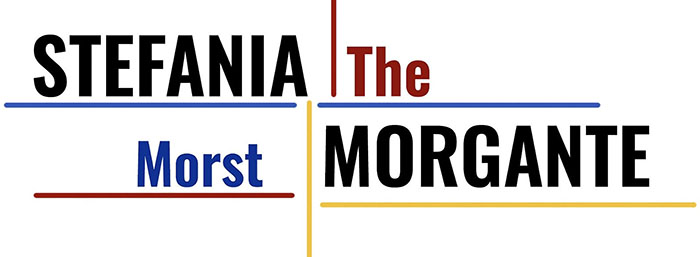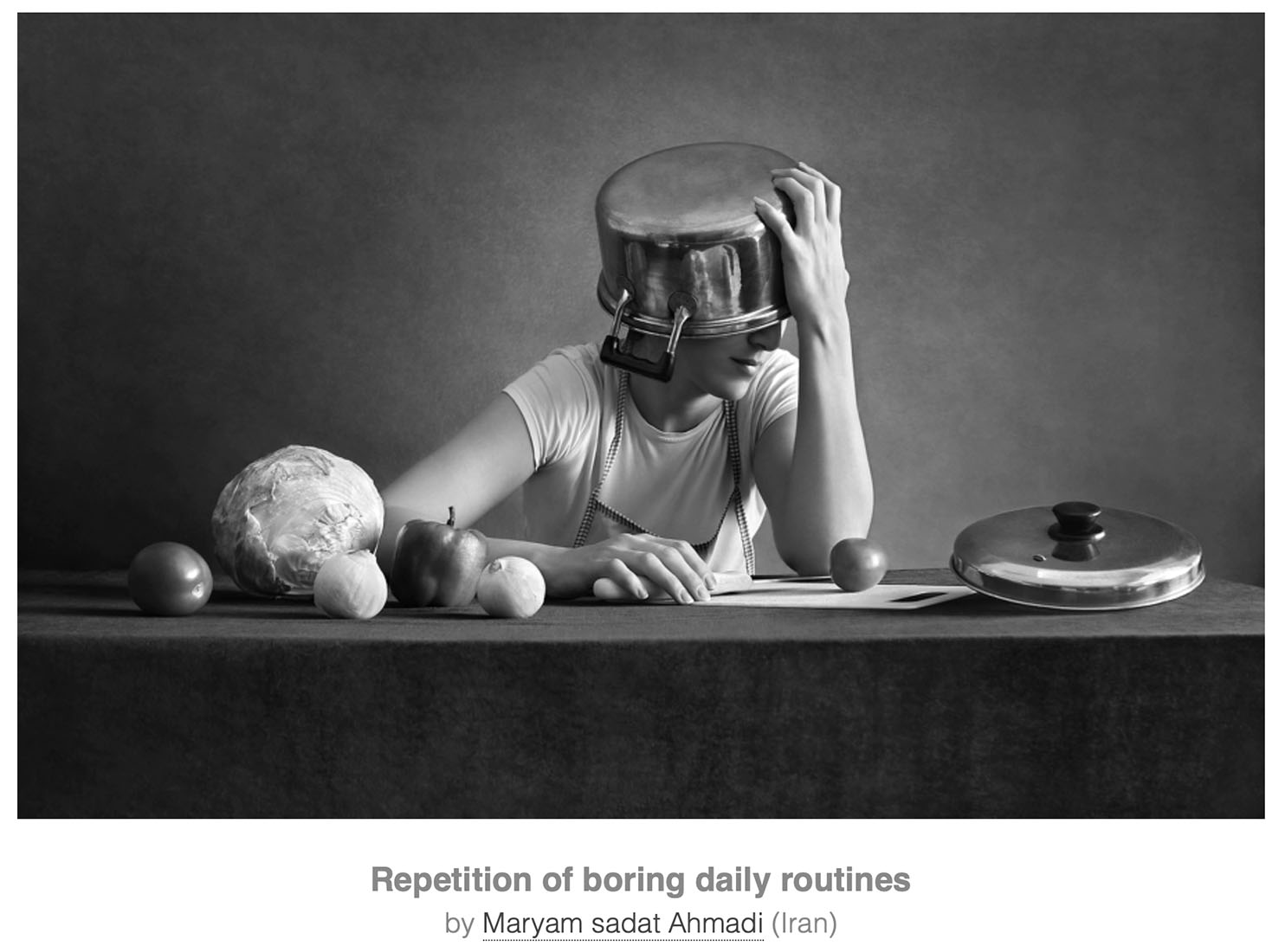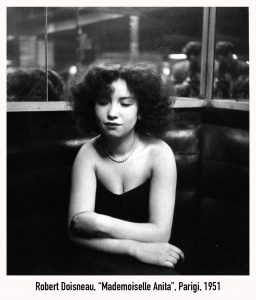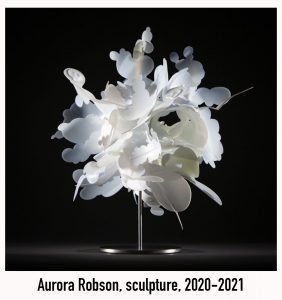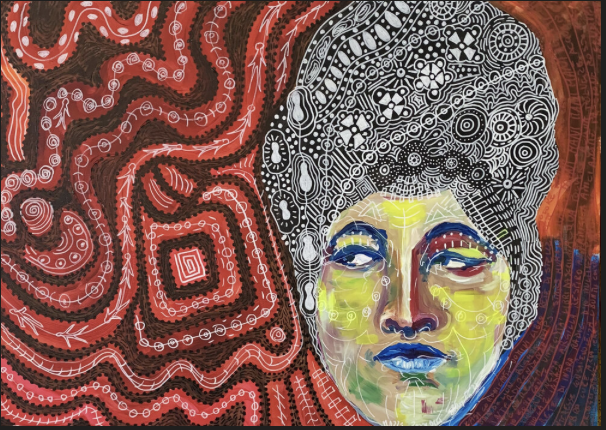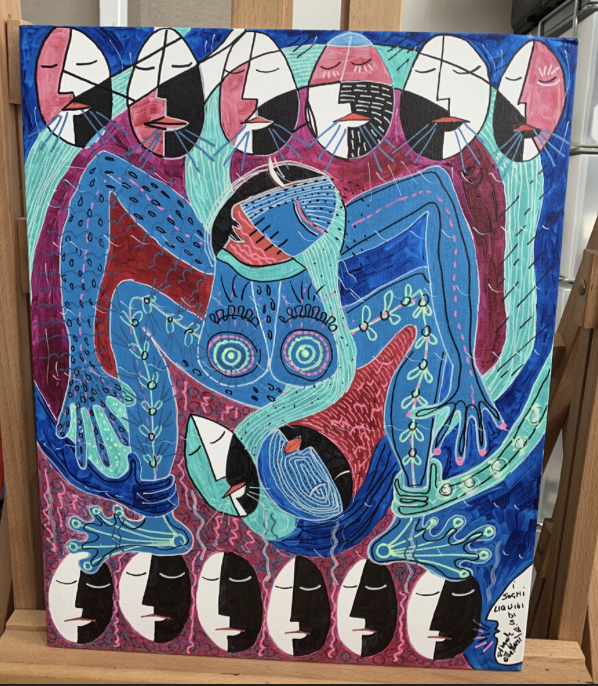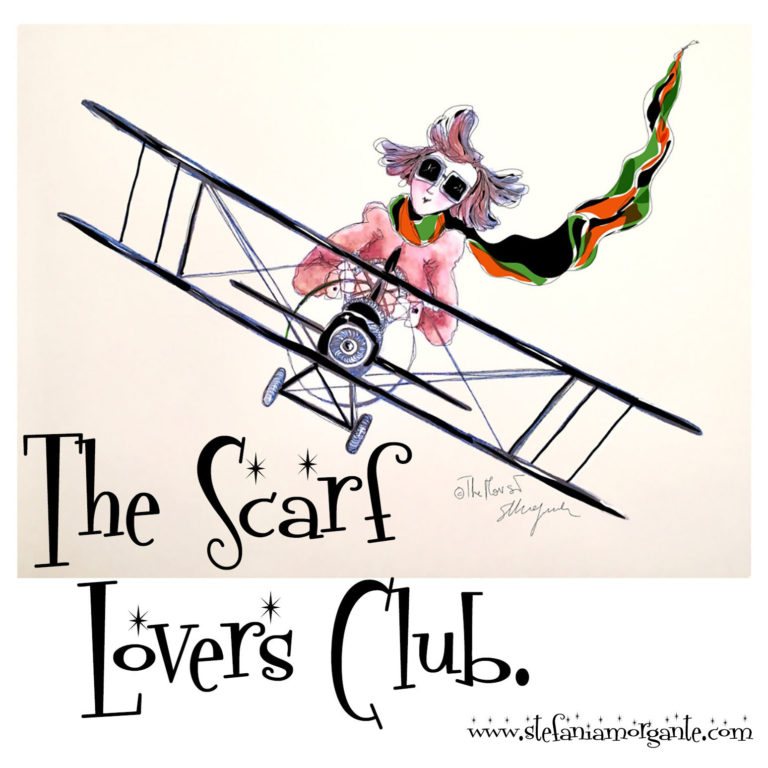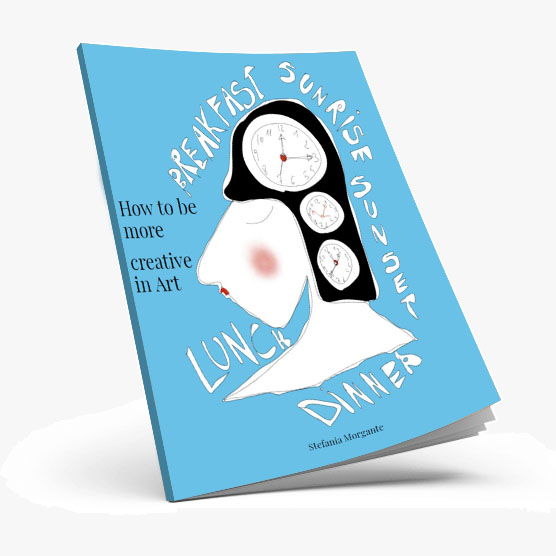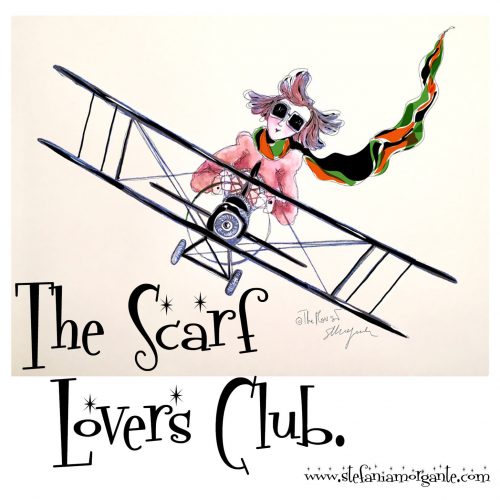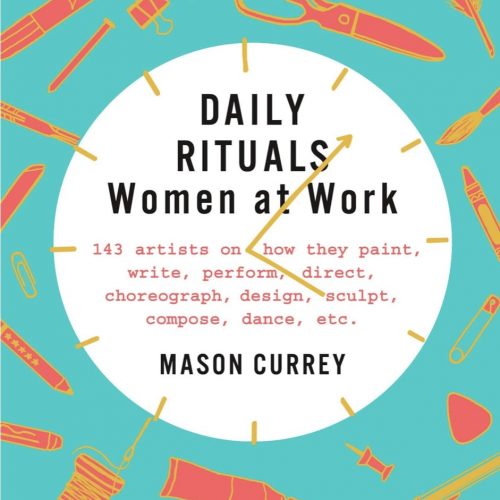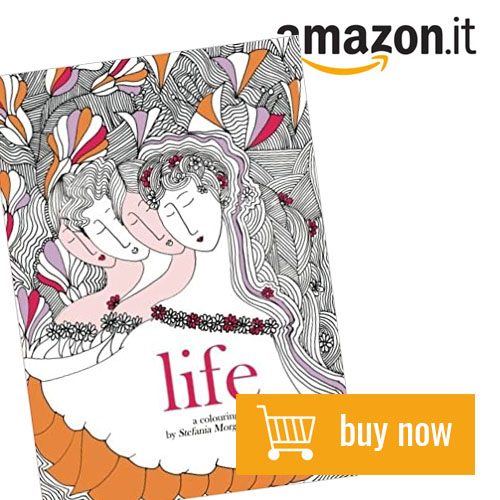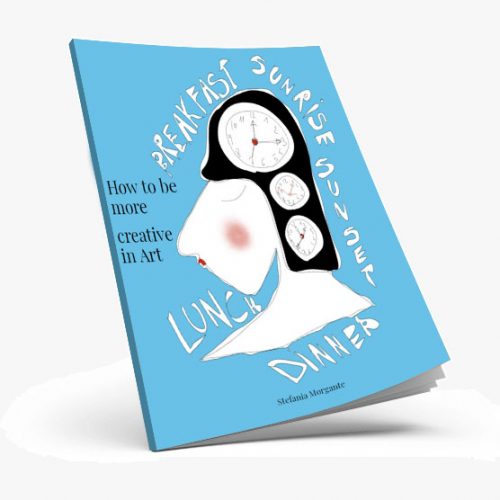Unveiling the Daily Rituals of a Creative Mind.
From the early morning hours to the late-night musings, this article delves into the unseen world of a creative mind.
With every stroke of the brush or stroke of the pen, artists bring their imagination to life. But what goes on behind the scenes?
What rituals do they engage in to tap into their creative flow?
In this captivating exploration, we uncover the secrets of successful artists, revealing the habits and practices that drive their artistic process. From setting up the perfect workspace to finding inspiration in the most unlikely places, these artists share their wisdom and insights to inspire and uplift your own creative endeavors.
Through the minds of these extraordinary individuals as we unravel the rituals that set them apart. Discover how they overcome creative blocks, find balance in their daily lives, and push the boundaries of their art.
Understanding the Creative Process.
The creative process is a mysterious and often misunderstood journey.
It is a unique blend of imagination, inspiration, and hard work that allows artists to bring their vision to life. Understanding this process is crucial for aspiring artists seeking to hone their craft and find their own creative voice.
At its core, the creative process involves several key stages. The first is inspiration, where artists find a spark that ignites their imagination. This can come from anywhere, whether it’s a vivid dream, a beautiful landscape, or an emotional experience.
Once inspired, artists move on to the second stage: ideation. During this phase, ideas form and take shape in the artist’s mind. They begin to visualize their creation and explore different concepts and possibilities.
The next stage is execution, where the artist turns their ideas into reality. This involves the physical act of creating, whether it’s painting on a canvas, sculpting clay, or writing words on a page. It is during this stage that the artist’s technical skills and expertise come into play, as they navigate the challenges and intricacies of bringing their vision to life.
Finally, the process concludes with reflection and refinement. Artists take a step back and assess their creation, evaluating its strengths and weaknesses. They make adjustments, refine their work, and sometimes even start over. This stage is crucial for growth and improvement, as artists learn from their mistakes and strive to make their art even better.
Understanding the creative process is essential, but it’s important to remember that every artist’s journey is unique. What works for one may not work for another. However, by exploring the daily rituals of successful artists, we can gain valuable insights and inspiration for our own creative endeavors.
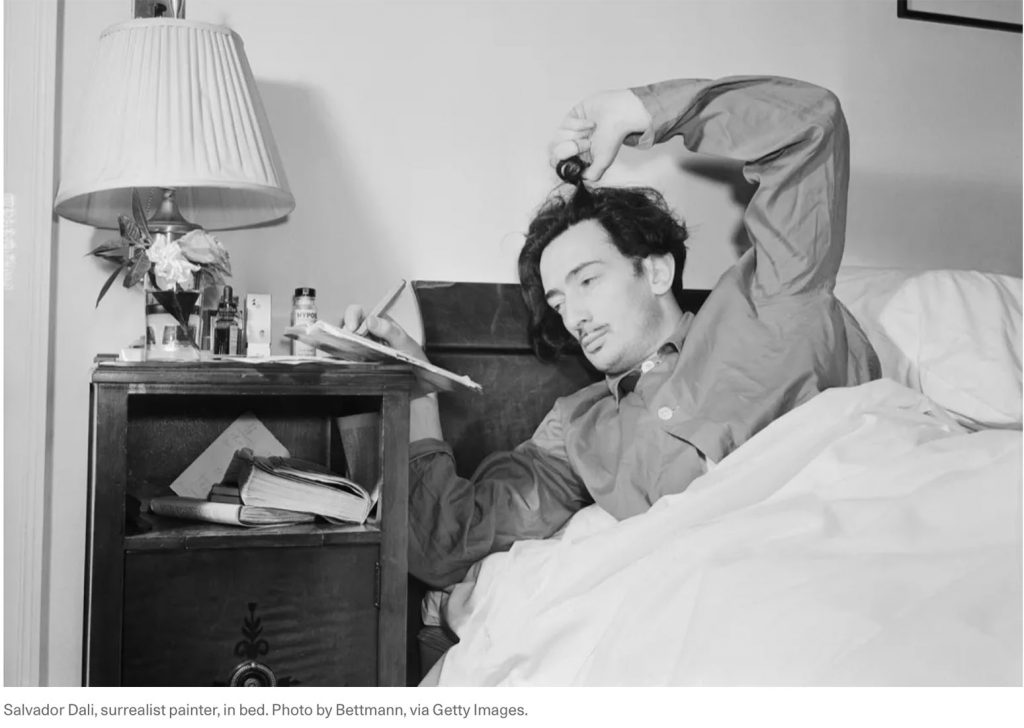
Daily Rituals of Famous Artists.
Successful artists often have daily rituals and routines that help them tap into their creative flow. These rituals vary from artist to artist, but they all share a common purpose: to create an environment conducive to creativity and inspiration.
Pablo Picasso, one of the most renowned artists of the 20th century, had a strict daily routine. He believed in the power of consistency and would wake up early every morning to start his work. Picasso would spend the first few hours of his day sketching and exploring different ideas. This allowed him to warm up his creative muscles and set the tone for the rest of his day.
Another famous artist known for his daily rituals is Vincent van Gogh. Van Gogh would start his day by taking long walks in nature, often accompanied by his easel and painting supplies. He found inspiration in the beauty of the natural world and believed that immersing himself in it helped him connect with his artistic vision.
Jackson Pollock slept all day to paint at night.
Andy Warhol would begin his day with a phone call to his friend Pat Hackett around 9:00 a.m. in which he would recount the events of the previous day. These conversations could last up to two hours, at the end of which Warhol would shower, get dressed, and go down to the kitchen with his two dachshunds to have breakfast together with his maid.
Louise Bourgeois was very habitual. Every morning, the first thing she did was to have a cup of tea accompanied by a gummy candy. Her assistant Gorovoy would pick her up at ten o’clock sharp from her Chelsea townhouse and together they would make their way to her Brooklyn studio. This routine had become so engrained in her that it became a work: 10 am is when you come to me, made in 2006.
Bourgeois demanded the utmost solitude and silence in her studio. In the morning, she usually devoted herself to physical work, such as preparing materials or the welder. After lunch she would paint for a few hours, as if to rest before returning to her sculptures.
For many artists, finding solitude and uninterrupted time is crucial for their creative process. Georgia O’Keeffe, known for her vibrant and bold paintings of flowers, would often retreat to her studio in the early morning hours. She would spend hours alone, completely absorbed in her work. O’Keeffe believed that this uninterrupted time allowed her to dive deep into her creative flow and produce her best work.
These are just a few examples of the daily rituals of famous artists. Each artist has their own unique approach, but they all share a commitment to their craft and a dedication to nurturing their creativity. By incorporating rituals into their daily lives, artists create a sense of structure and routine that helps them stay focused and inspired.
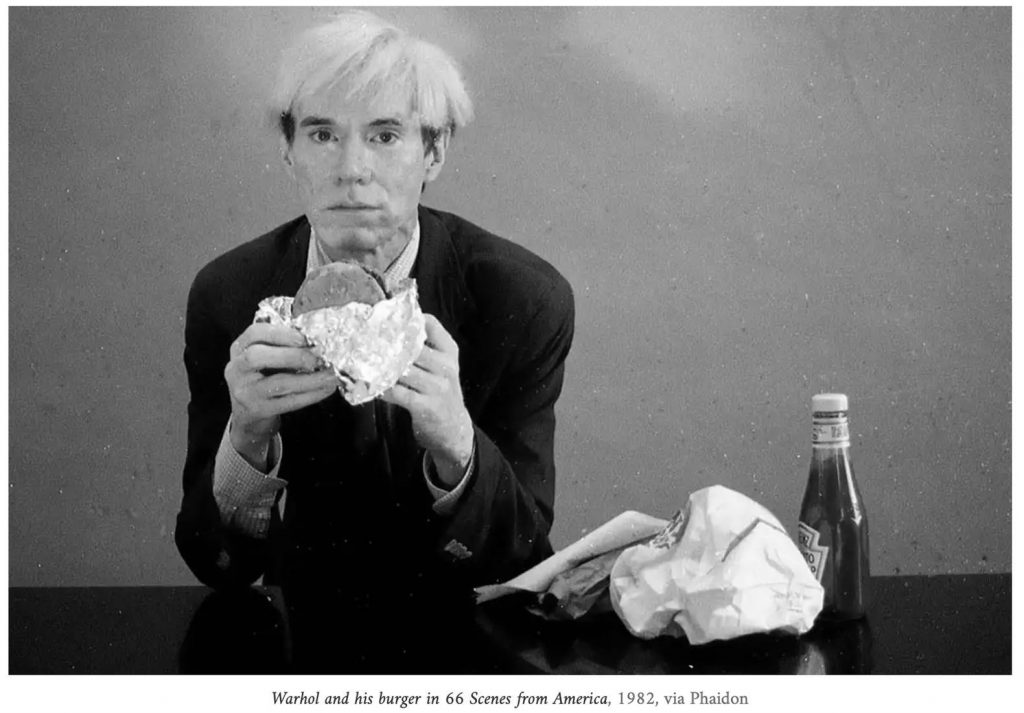
The Importance of Routine in Creativity.
Routine may seem like the antithesis of creativity, but in reality, it is a powerful tool that can enhance artistic endeavors. Having a routine provides structure and discipline, allowing artists to harness their creativity more effectively.
A routine helps establish a sense of rhythm and familiarity, making it easier for artists to transition into their creative mindset. By creating consistent habits, artists signal to their brain that it’s time to enter the zone of creativity. This can be as simple as setting aside a specific time each day to work on their art or following a pre-work ritual that helps them mentally prepare for the creative process.
Routine also helps artists overcome the resistance and self-doubt that often accompany the creative journey. By committing to a regular practice, artists develop a sense of accountability to themselves and their craft. This consistency builds momentum and helps artists push through creative blocks, knowing that the act of showing up and doing the work is just as important as the outcome.
Additionally, routine provides a sense of stability and comfort in an inherently unpredictable and chaotic artistic journey. The creative process can be messy and unpredictable, but having a routine provides a sense of grounding. It becomes a reliable anchor in the artist’s life, offering a sense of stability and consistency amidst the ebb and flow of inspiration.
While routine is important, it’s essential to strike a balance and avoid falling into a creative rut. Artists should remain open to spontaneity and allow room for experimentation and exploration. Flexibility within a routine allows for growth and adaptation, ensuring that artists continue to evolve and push the boundaries of their art.
Finding Inspiration in Everyday Life.
Artists are known for their ability to find inspiration in the world around them. For many, it’s not just about sitting down in front of a blank canvas or a sheet of paper and waiting for inspiration to strike. Instead, they actively seek out inspiration in their daily lives.
One common ritual among artists is the practice of keeping a sketchbook or a journal. This allows them to capture fleeting moments of inspiration that they encounter throughout the day. Whether it’s a vivid sunset, a bustling city street, or a conversation with a stranger, these artists are constantly on the lookout for moments that spark their creativity. By recording these experiences, they create a wellspring of inspiration that they can tap into whenever they need it.
Another way artists find inspiration is by immersing themselves in different forms of art. They visit museums, attend gallery openings, and explore the works of other artists. This exposure to different styles and techniques not only broadens their artistic horizons but also ignites their imagination. By studying the works of others, artists can learn from their techniques and incorporate new ideas into their own work.
But inspiration can also be found in the most unexpected places. Some artists find solace in nature, taking long walks in the woods or spending time by the ocean. Others find inspiration in music, losing themselves in the melodies and rhythms that transport them to another world. The key is to be open to the possibilities and to embrace the beauty and wonder of everyday life.
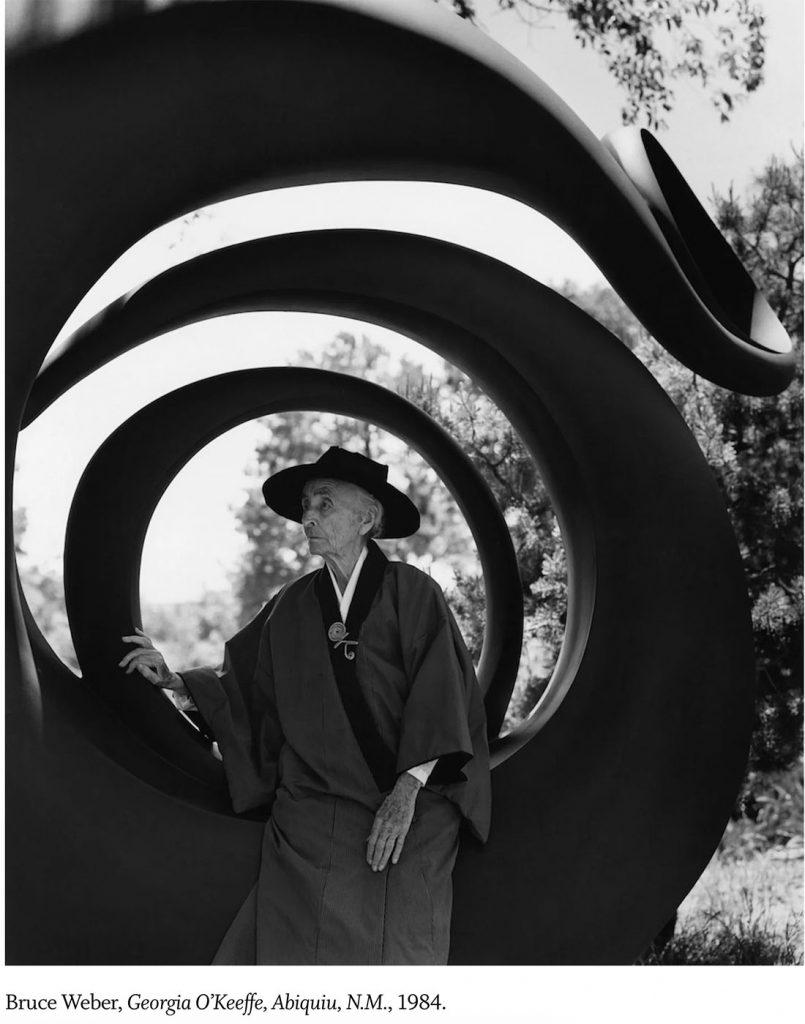
Balancing Work and Personal Life as an Artist.
One challenge that many artists face is finding a balance between their work and personal life. The artistic journey can be all-consuming, with artists often working long hours and sacrificing personal time for their craft. However, finding a balance is crucial for maintaining a healthy and sustainable creative practice.
One ritual that many artists swear by is setting boundaries.
They establish specific work hours and stick to them, allowing themselves time to relax, recharge, and focus on their personal lives. By creating a routine and sticking to it, artists can ensure that they have dedicated time for both their artistic pursuits and their personal relationships.
Another important aspect of finding balance is self-care.
Artists recognize the importance of taking care of their physical and mental well-being. They prioritize activities such as exercise, meditation, and spending time with loved ones. By nurturing themselves, they are better able to bring their full creative energy to their work.
Additionally, artists understand the value of taking breaks. They recognize that creativity needs space to breathe and grow. Stepping away from their work allows them to gain fresh perspectives and come back with renewed focus and inspiration. Whether it’s taking a short walk, reading a book, or engaging in a completely different hobby, these breaks are essential for maintaining a healthy work-life balance.
Tools and Resources for Artist.
Every artist has their own set of tools and resources that they rely on to bring their visions to life. These tools can range from physical materials such as brushes, paints, and paper to digital software and online platforms.
One common ritual among artists is the practice of setting up their workspace. They carefully arrange their materials, ensuring that everything is within easy reach. This not only makes the creative process more efficient but also creates a sense of focus and intentionality. A clutter-free and organized workspace allows artists to fully immerse themselves in their work without distractions.
In the digital age, many artists also turn to technology to enhance their creative process. From graphic design software to online communities and marketplaces, these tools provide artists with a wealth of opportunities to showcase and sell their work. Social media platforms, in particular, have become invaluable resources for artists to connect with a global audience and gain exposure for their art.
But beyond the physical tools and resources, artists also rely on their own internal resources. They cultivate a mindset of curiosity, experimentation, and resilience. They embrace failure as a learning opportunity and view challenges as a necessary part of the artistic journey. By developing these internal resources, artists are able to navigate the ever-changing landscape of the art world and continuously evolve their craft.
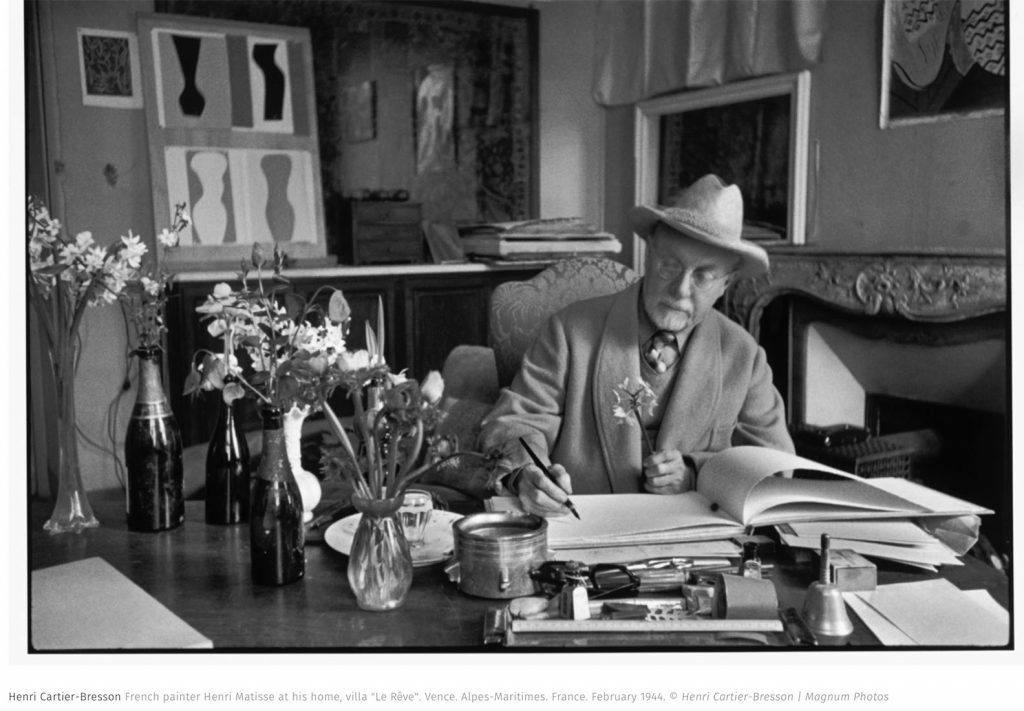
Conclusion: Embracing the Artistic Journey.
The artistic journey is a deeply personal and transformative experience. It is a continuous process of growth, exploration, and self-discovery. By unveiling the daily rituals of successful artists, we gain insight into the dedication and passion that drives their creative endeavors.
Whether it’s finding inspiration in everyday life, balancing work and personal life, or harnessing the right tools and resources, artists have honed their rituals to support their artistic journey. These rituals are not just about productivity or efficiency, but about nurturing the creative spirit and allowing it to thrive.
So as you embark on your own artistic journey, remember to embrace the rituals that resonate with you. Find inspiration in the world around you, create a balance between your work and personal life, and leverage the tools and resources that empower your creative process. And above all, embrace the beauty and wonder of the artistic journey, for it is in this journey that true artistic expression is born.
If you would like to read more routines, click HERE.
